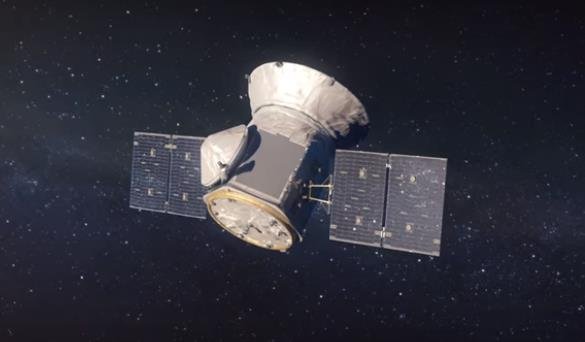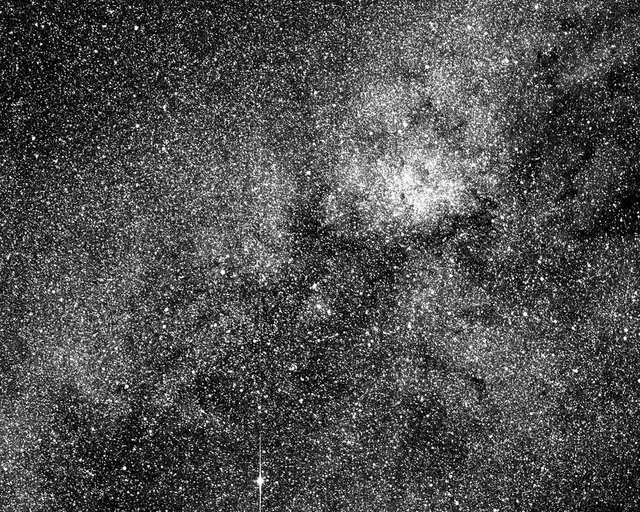Searching the Galaxy – NASA Snaps

The Solar System is vast, far and wide. Scientists are forever curious about what lies beyond the void and have been studying space for eons. Since I was old enough to know who Yoda was, I have been pretty fascinated by every discovery we make. Theories, evidence and revolutionary technology have been constantly shifting what we know about our planet, the stars and neighbours. Over a decade ago, Pluto was demoted from planet status. I often think of the yellow Disney dog when people talk about the now ex-planet. While Pluto does indeed orbit the Sun and has a spherical shape due its gravity pull, it falls short of clearing its orbit of other objects…It is a dwarf planet, how cute. At least it has friends in the dwarf domain to keep it company.
NASA sent out an interplanetary satellite into space with the intention of planet hunting. While we may have relegated our little icy friend, there is much to be seen in infinity and beyond. The Transiting Exoplanet Survey Satellite (TESS) roams space in search of planets with Bright Stars. The ultimate goal is to identify planets similar to the Earth through monitoring and profiling. The satellite will be able to identify possible orbiting planets by sensing light emission from over two hundred thousand stars. A drastic decrease in these readings will indicate a planet in orbit – A simple yet effective method.
The data logging process will eventually be able to identify potential planets that could host life. With such a huge task, there are substantial hardware requirements. TESS is equipped with multiple field of view cameras with the capability of recording up to 1500 exoplanets. It is expected that a third of this will be similar to our own planet.
This is but a small snapshot of our universe but is an ambitious mission that aims to gain a clearer idea of what is out there. The cameras will be in fulltime action once reaching the target orbit. The thrusters will take a break and the cameras will fire up for continuous data logging and monitoring/ capturing of high resolution images. This will all be sent back to NASA for investigation. Who knows what the mission might discover out there in the near future. A fascinating prospect.
One interesting concept I have been thinking of is related to space AI. We often talk about how AI can disrupt industries and perhaps even make certain processes redundant on efficiency levels. Sending out an advanced AI machine to colonise new planets sounds like something from a whacky Science Fiction flick but may well be a reality in the future. Where man cannot go, machines may be able to reach with ease and it will be interesting to see how things like AI will influence future space missions. Perhaps Pluto would have been a useful mining ground huh…
TESS ran a short test and captured over two hundred thousand stars as shown here:

It’s nothing short of breath taking.
If you want to read more about the TESS mission head to NASA:
https://tess.gsfc.nasa.gov/
Sources:
https://interestingengineering.com/nasas-new-planet-hunting-satellite-sends-first-test-image
https://www.youtube.com/watch?time_continue=56&v=-AIbD2WxyN8